1. Disco Fever
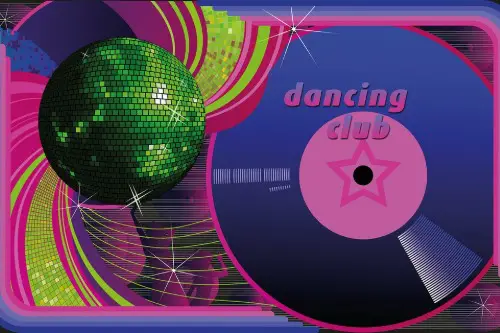
Though disco was technically fading out by the early ’80s, its influence lingered in fashion and music. Nightclubs with flashing lights, glittering disco balls, and endless dance tracks were where many spent their weekends. Whether you were into the music or not, the disco era left a permanent mark on the party scene, and “disco fever” was a real thing. Nowadays, the sound of disco feels like something from another time, and dance clubs have evolved into places with much different vibes.
In the ’80s, even the fashion was reflective of disco’s lingering presence—sequins, tight pants, and big hair were all the rage. People were all about hitting the dance floor to get down to the latest tracks, even though more pop-driven styles were emerging. But today, you’re more likely to find EDM, hip-hop, or other genres taking over the scene. The obsession with all things disco seems, in hindsight, almost a quirky fad.
2. “Cool” Obsession with Smoking
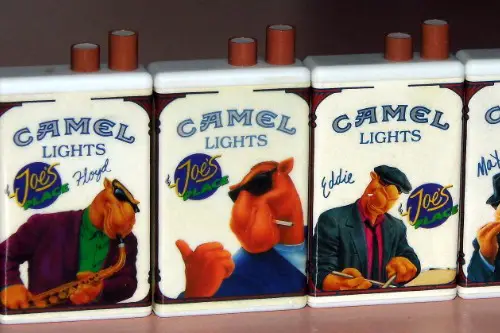
In the ’80s, smoking was everywhere—it was considered cool, rebellious, and a part of adult life. From Marlboro Man ads to movies portraying smoking as a symbol of toughness, the cigarette industry was at its peak. People smoked in offices, restaurants, and even on airplanes. Today, with all the health warnings and anti-smoking campaigns, it’s hard to imagine that lighting up used to be something everyone thought was glamorous.
Back then, smoking was so ingrained in culture that even kids saw it as something “grown-up” and desirable. People puffed away without thinking twice about the risks, and smoking was everywhere—from bars to movie theaters. The health movement of the 1990s and beyond dramatically changed the conversation, and now smoking is largely seen as a habit to be avoided. In the ’80s, though, it was just part of everyday life.
3. Payphones Everywhere
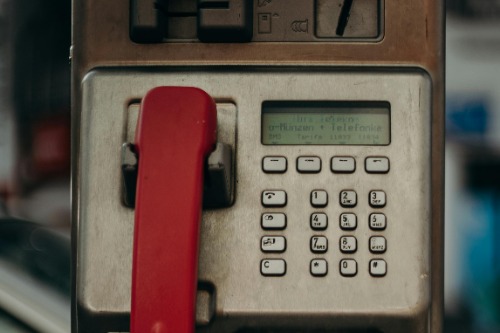
In the 1980s, payphones were a lifesaver. Whether you needed to make a quick call or find directions, they were always there—on street corners, in grocery stores, and even inside bars. You could rely on them to get in touch with someone if your car broke down or if you were meeting a friend in a busy area. But today, with nearly everyone carrying a smartphone, the idea of needing a public payphone seems almost laughable.
Back then, these phones were a staple, even in places like airports or shopping malls. But now, many of those same locations have completely done away with payphones, or they’re just relics that no one uses. We don’t even need to look for a phone booth; we have everything right in the palm of our hands. It’s crazy how much that technology has been replaced in just a few decades.
4. VCR Tapes and Blockbuster
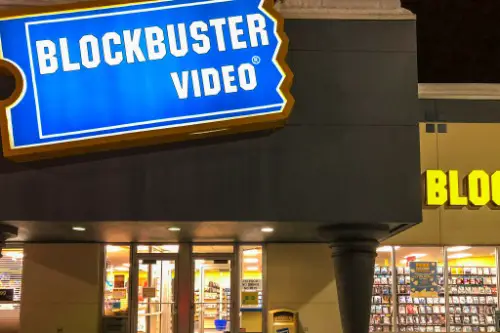
Remember when renting a movie meant heading to a Blockbuster store and hoping they had the one you wanted in stock? VCR tapes were the go-to method for home entertainment, and getting your hands on a new release was a huge deal. The anticipation of waiting for your favorite movie to be available and the late fees if you didn’t return it on time were just part of the experience. Now, streaming services have made physical media almost obsolete, and everything is available with the click of a button.
The excitement of getting a VHS tape in a crisp, unmarked case and popping it into the VCR is hard to relate to today. But at the time, it was a ritual—picking up your snacks and settling in for a cozy night with friends or family. The idea of needing a video rental store in 2025 seems almost impossible with the convenience of digital streaming. Blockbuster, once a titan of the video rental world, is now a nostalgic memory.
5. No Internet, No Problem
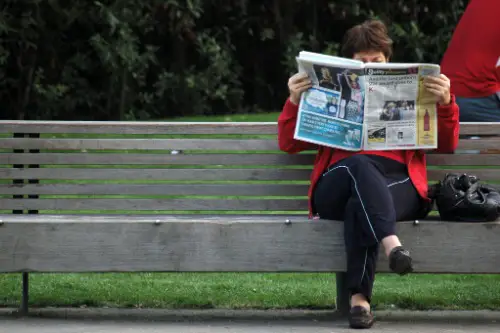
In the ’80s, life without the internet seemed just fine. People read newspapers, watched TV, and spent time with family instead of mindlessly scrolling through social media. Communication happened mostly through landline phones, and it was totally acceptable to not be reachable all the time. The idea of an entire generation of people getting by without the instant access to information we have now seems crazy.
Today, being “offline” for even a few hours feels like a huge inconvenience. Back then, it wasn’t uncommon to get lost and actually ask for directions, or just figure things out as you went. People relied on face-to-face interactions more than endless messaging, which gave relationships a much more personal feel. The lack of immediate answers to questions made you think harder, and sometimes that was a good thing.
6. Big Hair, Big Attitude

Big hair was a symbol of the ’80s, with teased, volumized styles for both men and women taking center stage. The amount of hairspray used was enough to hold up the tallest of bouffants for hours at a time. Whether it was a wild perm or carefully sculpted layers, people invested significant time in getting their hair just right. Today, minimalistic, natural styles have taken over, and the over-the-top hairdos of the past seem absurd.
Fashion trends in the ’80s were all about excess, and big hair was the perfect accessory. It was a statement—a reflection of the bold, rebellious spirit of the time. Looking at old photos now, it’s hard to imagine that those voluminous, gravity-defying styles were ever considered “cool.” In contrast, today’s focus on effortless, more natural looks seems almost a world away from the hair extravagance of the ’80s.
7. Walkman and Cassette Tapes
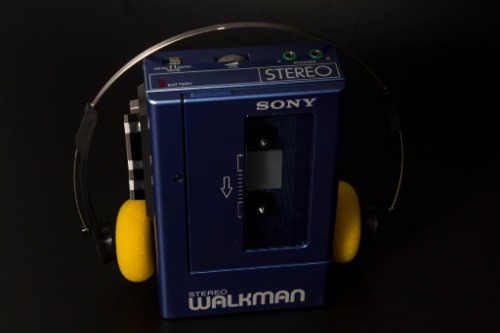
Before iPods and streaming, the Walkman was a game-changer for personal music. People would pop a cassette tape into the small portable device and rock out anywhere, whether they were walking to school or hanging out at the park. The click of the cassette as it loaded and the sound quality (or lack thereof) were all part of the experience. Fast forward to today, and the thought of using a physical tape, let alone rewinding one, feels totally outdated.
While it was the ultimate in personal freedom back then, you were still tethered to your music by the limitations of cassette tapes. You couldn’t skip to your favorite song as easily as you can with digital playlists, and you had to carefully rewind the tape if it got stuck. But in the ’80s, it was cutting-edge technology. Now, streaming apps have completely replaced the need for Walkmans, and the idea of carrying around physical tapes is something out of a museum.
8. Eating Fast Food All the Time
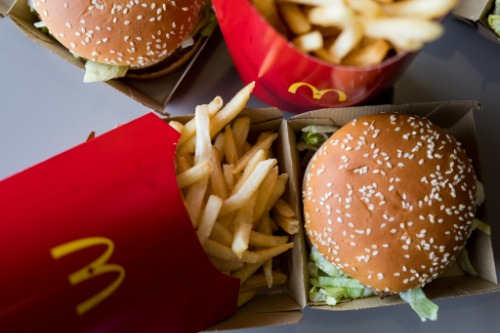
The ’80s were a golden age for fast food, with chains like McDonald’s, Taco Bell, and Burger King growing massively in popularity. For many, grabbing a quick burger or fries was part of everyday life. The idea of “fast food” meant more than convenience—it was a cultural norm. Today, while fast food is still popular, there’s much more awareness about health, and eating out daily is no longer the default for many people.
In the ’80s, it wasn’t uncommon for families to eat out several times a week, often grabbing fast food after school or during weekend outings. It was also the era of massive portions and the rise of supersized meals. While fast food remains a convenient option today, many are more focused on healthier or fresher alternatives. The sheer frequency with which people would turn to fast food back then seems a bit excessive now.
9. Using Landline Phones
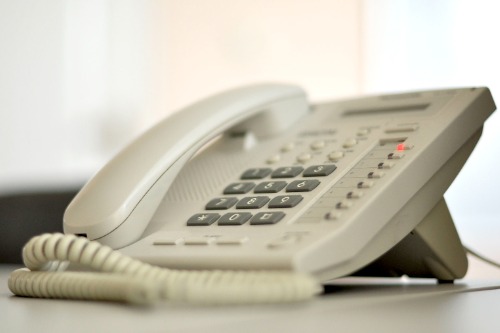
Landline phones were the primary means of communication in the ’80s, and many households had a single, bulky phone attached to the wall. Picking up the receiver to make or receive a call was just part of everyday life. There was no “call waiting” to juggle multiple conversations; if someone was on the line, you had to wait. Now, with mobile phones and instant communication at our fingertips, the concept of waiting for a call or sharing one phone per family seems outdated.
Back in the day, having a phone attached to a wall meant no privacy and no multitasking. Calls could be limited because you were physically tied to the device, and phone lines were often shared by multiple people in a household. The freedom of carrying a mobile phone today is a far cry from those days of static-filled conversations and “long distance” charges. Looking back, the idea of sharing a phone line for everything feels restrictive.
10. Shoulder Pads

Shoulder pads were a hallmark of ’80s fashion, particularly for women’s suits and dresses. They gave the illusion of a broader, more powerful frame and were often incorporated into workwear to signify authority. Whether it was a sharp blazer or a dress, these pads were essential to the bold and structured look of the decade. Now, in contrast, fashion tends to favor more relaxed silhouettes, and the exaggerated shoulder look feels over-the-top.
The cultural significance of shoulder pads also reflected the era’s drive for power and confidence, especially for women entering male-dominated fields. The look was sharp, strong, and assertive—perfect for the “power dressing” movement. Today, however, we’ve moved away from such exaggerated styles, opting for comfort and practicality over bold fashion statements. The idea that bigger shoulders equaled bigger power seems a bit dated now.
11. Neon Everything
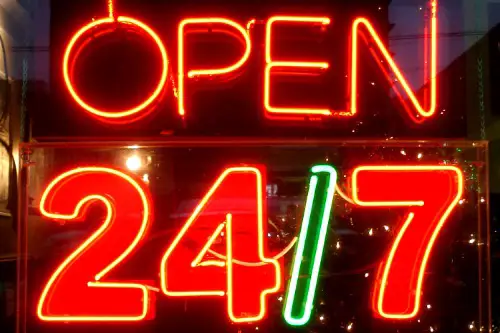
Neon was everywhere in the ’80s—from signs to clothes to accessories. Bright neon pinks, greens, and yellows dominated everything, and the more vibrant, the better. Whether it was a neon windbreaker or a hot pink headband, it was all about standing out with those eye-popping colors. Now, neon’s popularity has significantly faded, and these bold hues feel a bit like a fashion nightmare.
The ’80s were all about excess and making a statement, and neon was the perfect way to express that. Even in home décor, it was common to see neon lights illuminating living rooms or bedroom walls. Today, though, neon has mostly been replaced by more subtle, neutral tones. Looking back at those day-glow looks, it’s almost hard to believe they were ever considered stylish.
12. Full-Court Press in Basketball
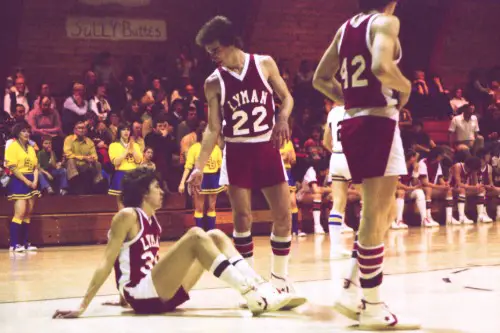
In the ’80s, basketball teams often played an aggressive full-court press strategy, where players would put constant pressure on the opposing team across the entire court. This high-energy, full-throttle approach to defense was widely adopted in the NBA during the decade. While it worked for teams like the Detroit Pistons and Boston Celtics, it has since become less popular in favor of more strategic and paced-out styles. Today, basketball is more about ball movement and spacing than wearing out the opposition with relentless pressure.
In the 1980s, coaches believed that wearing down the other team with intense full-court pressure would eventually lead to mistakes and turnovers. The strategy was successful for some teams, but it also often led to high-scoring, chaotic games. Today, the pace of NBA games has slowed considerably, and teams tend to focus more on precision and ball control. The idea of exhausting yourself with full-court presses now seems almost excessive when compared to today’s more calculated approach.
13. Requiring a Driver’s License at 16
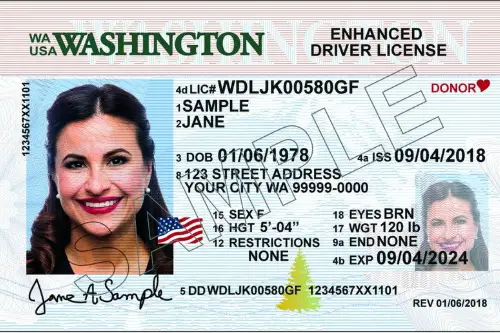
Getting your driver’s license at 16 was almost a rite of passage in the ’80s. It was a huge milestone, as it marked a person’s entry into adulthood and independence. Young people couldn’t wait to get behind the wheel, and many families had multiple cars for teenage drivers. Today, though, fewer teens are in a rush to get their licenses, as they rely more on public transportation or ride-sharing services like Uber.
In the ’80s, learning to drive was seen as essential for social mobility. Teens eagerly awaited the moment they could drive themselves to the mall, the movies, or a friend’s house without needing a ride from their parents. Today, however, the cost of car ownership, along with the availability of alternative transportation, has caused the age of obtaining a driver’s license to increase. For many young people, driving isn’t the milestone it once was.
14. Wearing a Fanny Pack
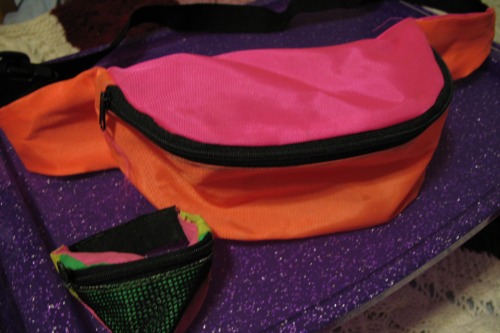
Once a popular accessory in the ’80s, fanny packs were everywhere. People wore them to concerts, on vacations, and even at the mall, attaching them around their waist for easy access to keys, money, and other essentials. They were practical, functional, and often made in flashy colors to match your outfit. Today, they’re mostly seen as a joke or a fashion faux pas, rarely seen outside of tourist hotspots.
In the ’80s, fanny packs were a way to keep your hands free while carrying around your most-needed items. It was a time before everyone carried a backpack or purse, so fanny packs were convenient and almost stylish in their own quirky way. Nowadays, they’re seen as outdated and a bit embarrassing, with people opting for more modern alternatives like crossbody bags. The fanny pack’s place in fashion history is firmly rooted in nostalgia, and it’s unlikely to come back any time soon.


